
Plant of the Month
Artocarpus elasticus
Artocarpus elasticus , also known as Terap, is a towering tree native to Singapore. It can reach heights of up to 45 metres. Its fruit are covered in soft spines and emit a distinct rancid odour when ripe. The seeds are encased in a juicy, edible pulp that is said to be sweet tasting and is enjoyed in Southeast Asia.
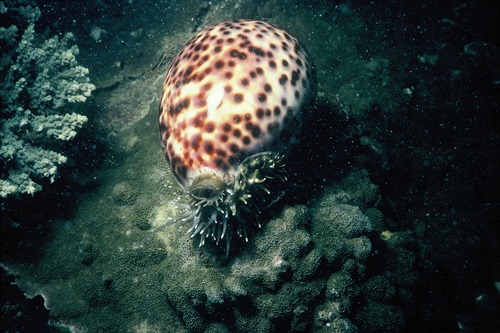
Animal of the Month
Cypraea tigris
Cypraea tigris, commonly known as the Tiger Cowrie, is a large sea snail found on the ocean floor in the Indo-Pacific region. Once common, it is now much less abundant due to shell collecting and habitat destruction. In Singapore, it is exceedingly rare.
Sunda Pangolin
Video of wild Sunda Pangolin in Singapore, captured on Night Vision Equipment.
Flora & Fauna News
View All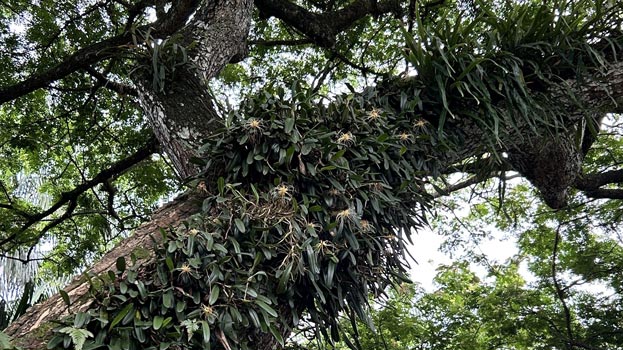
Orchid Renaissance in Singapore’s Urban Jungle
03 March 2025
Orchid Renaissance in Singapore’s Urban Jungle
03 March 2025
Singapore’s urban landscape has witnessed a remarkable resurgence in native orchid species. Over the past 15 years, the number of extant native orchids species has increased from 45 to 76, due to taxonomic revisions and new discoveries. This success stems from the establishment of resident taxonomists that embrace integrative taxonomy and comprehensive botanical surveys and field research. The Singapore Botanic Gardens plays a crucial role in orchid conservation, spearheading ex-situ propagation and reintroduction programmes leading to the successful reintroduction of over 60 native orchid species across the city-state. This orchid renaissance demonstrates that urban areas can serve as important refugia for biodiversity, offering hope for conservation in city environments worldwide.
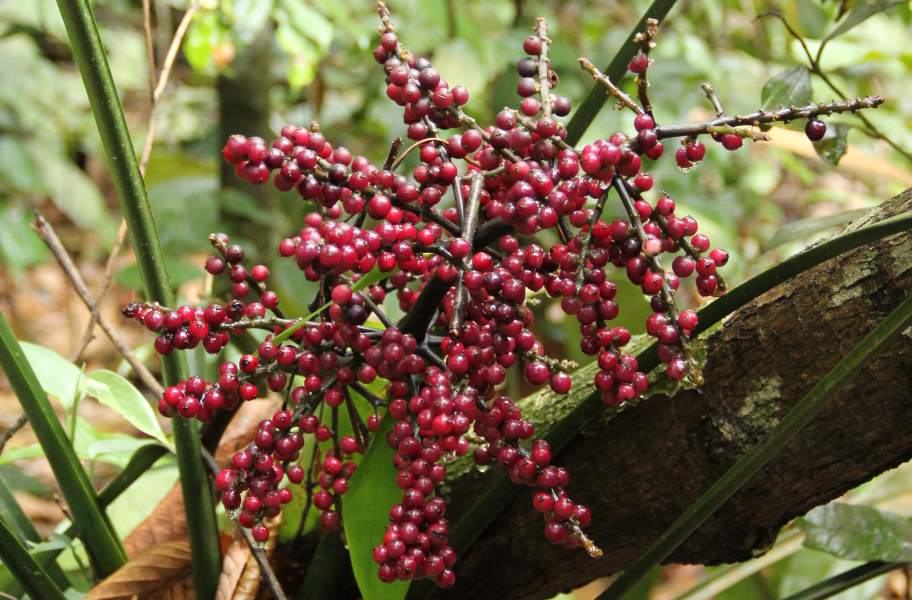
Singapore Red Data Book (3rd edition)
05 February 2025
Singapore Red Data Book (3rd edition)
05 February 2025
The third edition of the Singapore Red Data Book updates the status of over 9,400 species in Singapore and provides key baseline data that supports species monitoring and guides local conservation efforts. Jointly produced by NParks, Lee Kong Chian Natural History Museum and the Nature Society (Singapore), notable new plant species include Hanguana rubinea , rediscoveries of species previously thought to be extinct as well as new records of species.
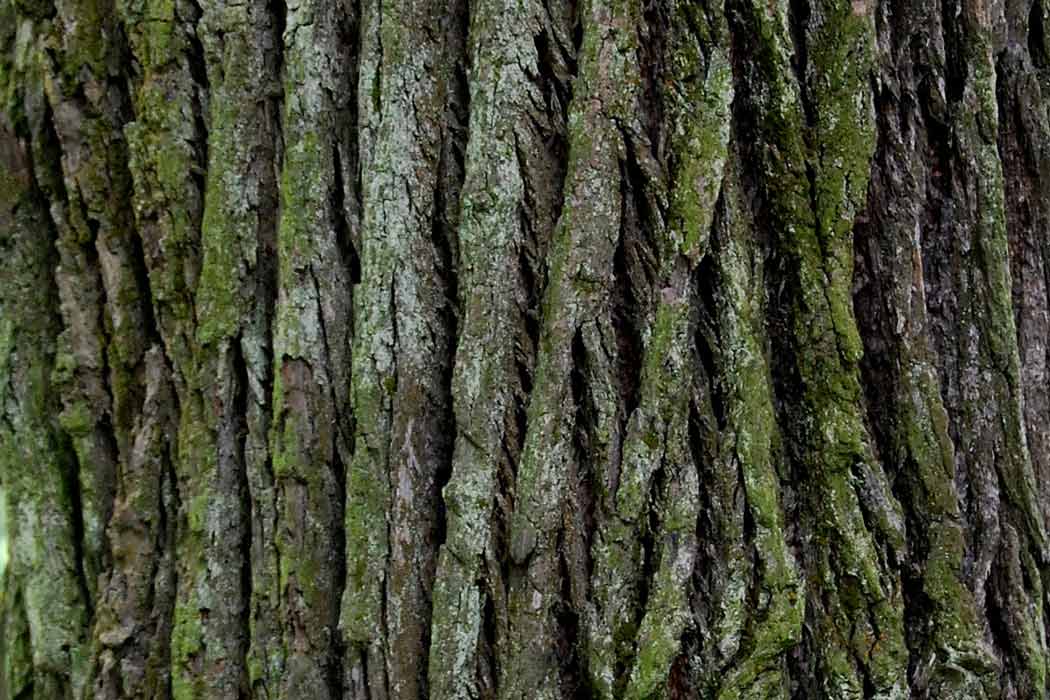
New Method to Detect Defects in Tree Populations
02 January 2025
New Method to Detect Defects in Tree Populations
02 January 2025
Researchers from Nanyang Technology University and National Parks Board have developed a non-destructive method to detect tree defects by re-utilising ground-penetrating radar (GPR) for aboveground detection. Existing detection methods, such as sonic or electrical resistivity tomography and even those based on traditional use of GPR, are time-consuming, labour-intensive and can only measure individual trees. Through contactless measurement along a straight path, automated movement of sensor detectors and advanced signal and data processing, this new method was shown to quickly and accurately detect defects in tree populations, facilitating their management in urban settings.
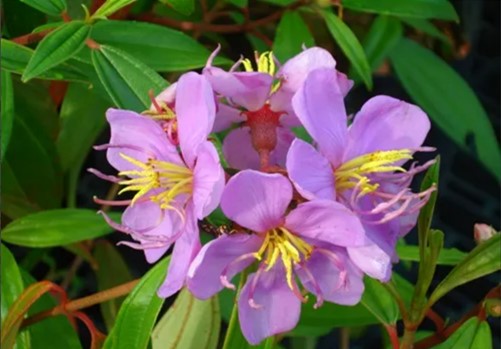
Tolerance of Plants on Slopes against Drought Stress and Re-watering
13 December 2024
Tolerance of Plants on Slopes against Drought Stress and Re-watering
13 December 2024
A study was conducted by researchers from Nanyang Technological University and NParks to investigate the effects of extreme weather conditions such as prolonged drought stress and continuous rain on plants that commonly grow on slopes in Singapore. It is postulated that these plants could be drought tolerant as it is adapted to a natural habitat where drainage results in less exposure to wet soil conditions. Ipomoea pes-caprae (creeper), Clerodendrum paniculatum and Melastoma malabathricum (shrubs) were subjected to drought stress (DS), then re-watered (RW). The study found that groundcover plants like I.pes-caprae and smaller perennials like C.paniculatum were able to recover after prolonged DS. M. malabathricum did not survive the DS. This suggests that M. malabathricum may not be suitable for planting on slopes due to its susceptibility to DS, which could leave the ground exposed after severe DS.


_lowres.jpg)



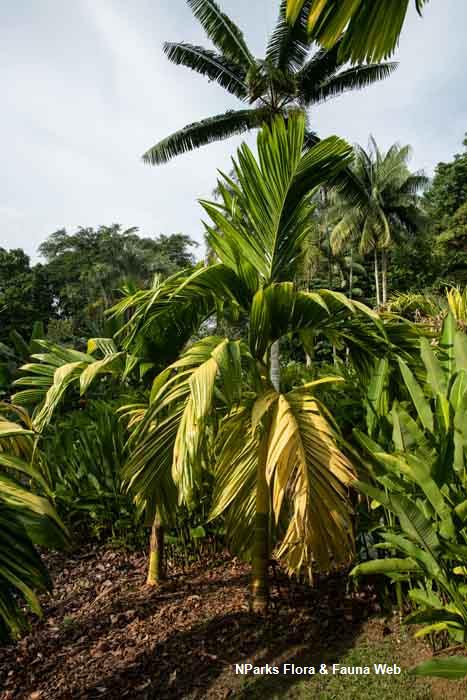
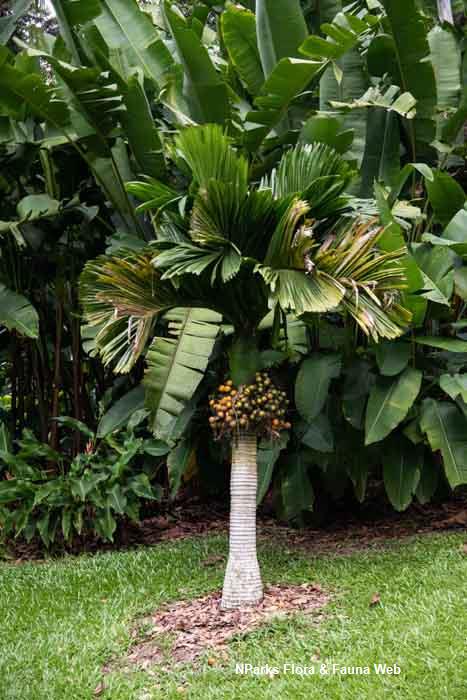
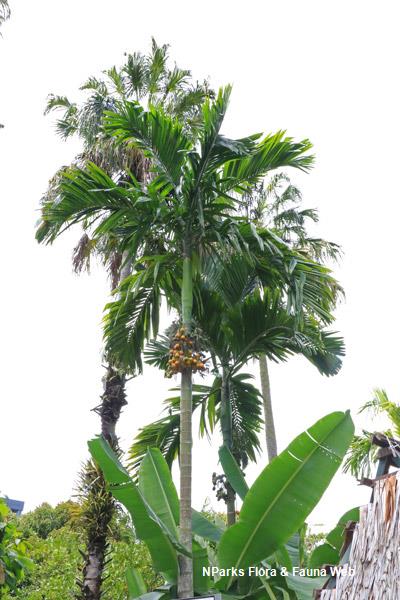
_lowres.jpg)
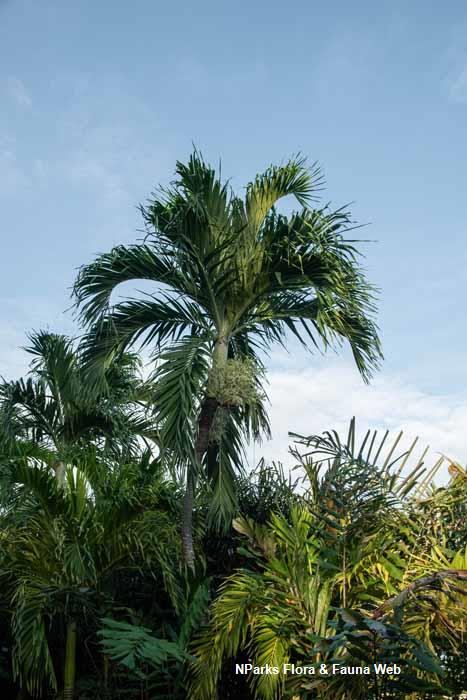
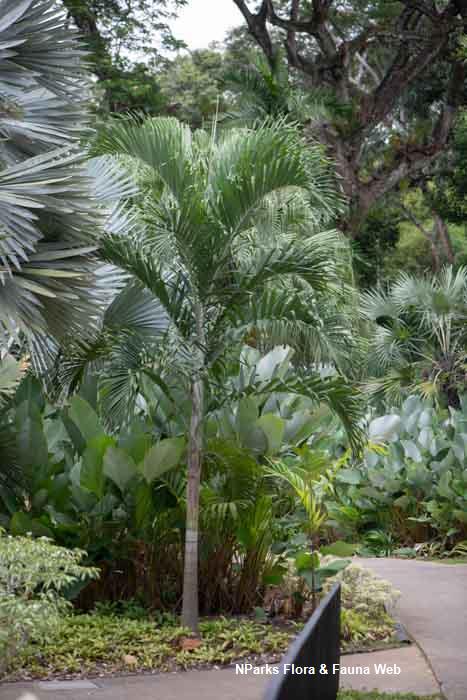

_lowres.jpg)





